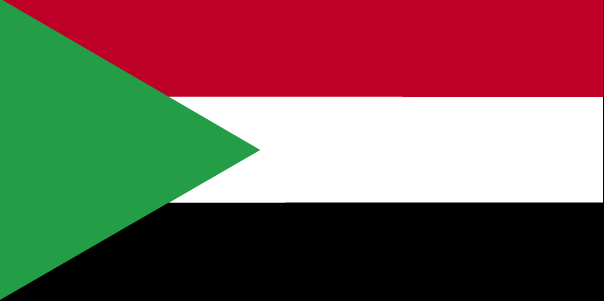
Sudan is an extremely poor country that has experienced protracted social conflict, civil war, and, in July 2011, the loss of three-quarters of its oil production due to the secession of South Sudan. The oil sector had driven much of Sudan's GDP growth since 1999. For nearly a decade, the economy boomed on the back of rising oil production, high oil prices, and significant inflows of foreign direct investment. Since the economic shock of South Sudan's secession, Sudan has struggled to stabilize its economy and make up for the loss of foreign exchange earnings. The interruption of oil production in South Sudan in 2012 for over a year and the consequent loss of oil transit fees further exacerbated the fragile state of Sudan’s economy. Sudan is also subject to comprehensive US sanctions. Sudan is attempting to develop non-oil sources of revenues, such as gold mining, while carrying out an austerity program to reduce expenditures. The world’s largest exporter of gum Arabic, Sudan produces 75-80% of the world’s total output. Agriculture continues to employ 80% of the work force. Sudan introduced a new currency, still called the Sudanese pound, following South Sudan's secession, but the value of the currency has fallen since its introduction. Khartoum formally devalued the currency in June 2012, when it passed austerity measures that included gradually repealing fuel subsidies. Sudan also faces rising inflation, which reached 47% on an annual basis in November 2012, but subsided to 25% in 2013. Ongoing conflicts in Southern Kordofan, Darfur, and the Blue Nile states, lack of basic infrastructure in large areas, and reliance by much of the population on subsistence agriculture keep close to half of the population at or below the poverty line.
$89.97 billion (2013 est.)
country comparison to the world: 79
$86.59 billion (2012 est.)
$89.51 billion (2011 est.)
3.9% (2013 est.)
country comparison to the world: 82
-3.3% (2012 est.)
-1.8% (2011 est.)
$2,600 (2013 est.)
country comparison to the world: 182
$2,600 (2012 est.)
$2,700 (2011 est.)
agriculture: 27.4%
industry: 33.6%
services: 39% (2013 est.)
46.5% (2009 est.)
25% (2013 est.)
country comparison to the world: 219
37.4% (2012 est.)
11.92 million (2007 est.)
country comparison to the world: 45
agriculture: 80%
industry: 7%
services: 13% (1998 est.)
20% (2012 est.)
country comparison to the world: 162 18.7% (2002 est.)<
oil, cotton ginning, textiles, cement, edible oils, sugar, soap distilling, shoes, petroleum refining, pharmaceuticals, armaments, automobile/light truck assembly
11% (2013 est.)
country comparison to the world: 11